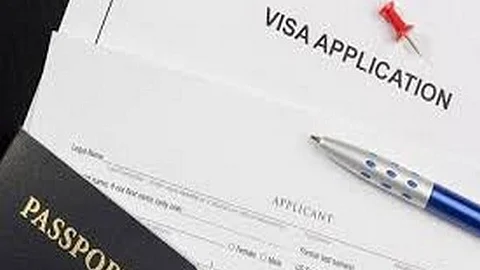

The United States of America (USA) remains a top destination for students and working professionals worldwide, including those from India. With its world-class universities that provide high-quality education and American firms that offer competitive pay and work-life balance, the United States continues to be a top choice for thousands of Indian students looking for academic and professional prospects.
However, comprehending the US immigration system can be challenging. One of the most common concerns among overseas students is whether they can stay in the United States to work after finishing their studies.
Amidst immigrants, international students are given F-1 visas, while skilled workers are issued H-1B visas. According to a report by NDTV, F-1 visa holders can switch to H-1B visas.
The F-1 visa is a non-immigrant visa granted to international students enrolled in US universities accredited by the Student and Exchange Visitor Program (SEVP). To be eligible, students must be admitted to a reputable institution as full-time students, exhibit English proficiency, and have sufficient financial resources to finance their education.
Furthermore, applicants must demonstrate that they want to return to their native country after finishing their studies. The F-1 visa allows students to remain in the United States for the duration of their academic programme. They may also be qualified for Optional Practical Training (OPT) or Curricular Practical Training (CPT), both of which provide brief employment in their subject of study.
The H-1B visa allows US corporations to hire talented foreign workers for specialised professions that require at least a bachelor's degree or equivalent. These positions are often in disciplines such as information technology, finance, engineering, healthcare, and architecture.
International students on F-1 visas can switch to H-1B visas if they receive a job offer from a US firm willing to sponsor them. The employer must file Form I-129 on behalf of the candidate. However, H-1B visas have a yearly cap of 65,000 general slots, with an additional 20,000 earmarked for applicants with advanced degrees from US schools.
If an F-1 visa holder's status expires before the H-1B visa goes into effect on October 1, they may be eligible for a Cap-Gap Extension, which allows them to legally remain in the United States until their H-1B status begins. Following USCIS approval, the applicant may begin working under H-1B status.
